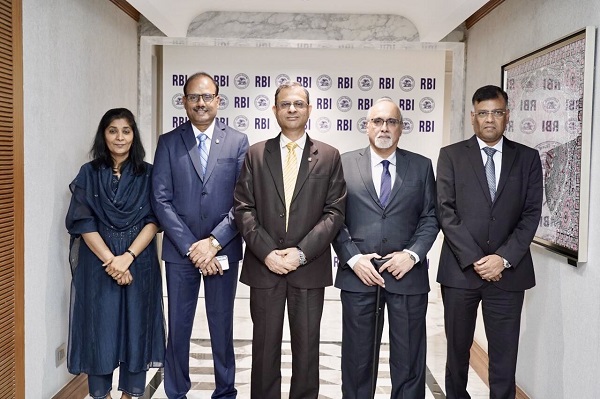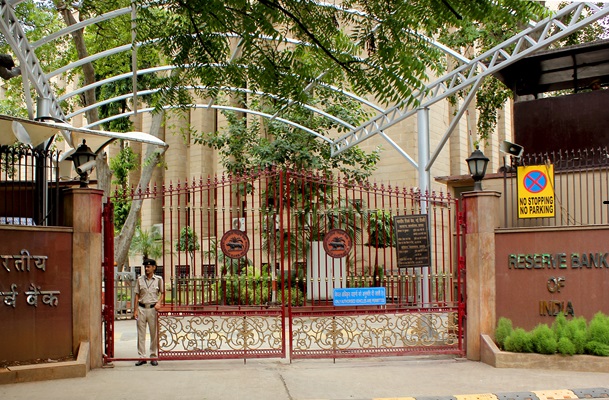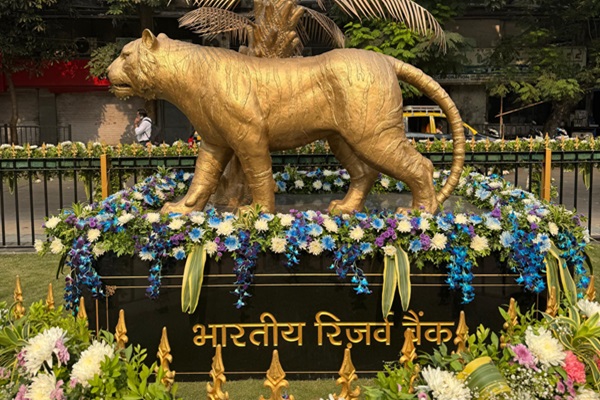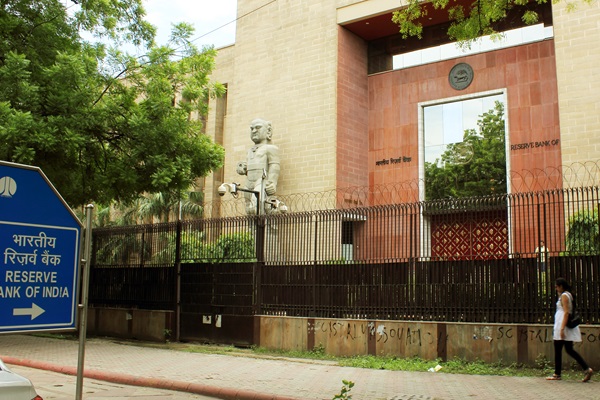.png)
Why India’s Marriage Market Punishes Working Women
Entrenched gender norms ensure that Indian women still pay a price in the marriage market for choosing careers, especially in non-traditional jobs.
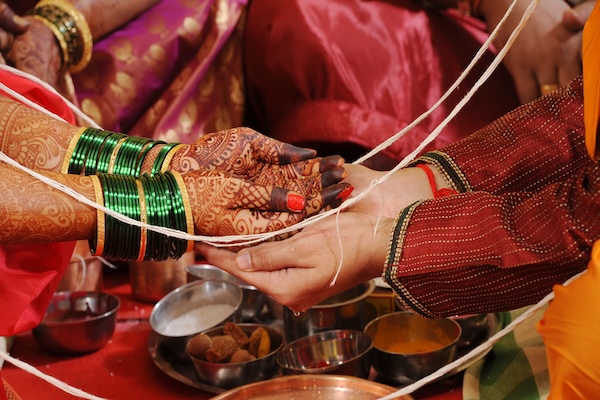

By Amitrajeet A. Batabyal*
Batabyal is a Distinguished Professor of economics and the Head of the Sustainability Department at the Rochester Institute of Technology, NY. His research interests span environmental, trade, and development economics.
October 1, 2025 at 7:01 AM IST
In India, marriage is more than a personal choice. It is an institution heavily shaped by community expectations, family reputation, and cultural scripts that stretch back generations. Even as technology has altered how partners are found, with matrimonial websites connecting young people across cities and regions, the logic of caste, patriarchy, and gender roles continues to hold sway.
The marriage market, as a result, offers a revealing vantage point for understanding how women’s economic choices are judged and how their opportunities are constrained.
Recent research provides striking evidence of this reality. A carefully designed online field experiment on one of India’s largest matrimonial platforms, which attracts hundreds of thousands of active users every month, shows that women who work face a clear penalty in the marriage market.
The experiment created fictitious male and female profiles, altering only a few features, employment status, occupation type, stated preference for post-marriage work, caste group, and level of education, while keeping everything else, such as age, family background, and income, constant. The purpose was to isolate the effect of work-related and social factors on men’s responses.
The results are sobering.
Across the board, working women were 14.5% less likely to receive expressions of interest than women who did not signal employment. Far from being a mark of independence or capability, a job appeared to reduce marriage prospects. Occupational stereotypes compounded the problem.
Women in so-called feminine jobs, such as teaching, were seen more favourably, while those in masculine roles, such as machine technicians, received 3.2% fewer expressions of interest. Most revealing of all, women in masculine occupations who declared an intention to continue working after marriage faced the strongest penalties. By contrast, women in feminine jobs who expressed the same intention were treated more leniently.
These findings highlight the continuing force of patriarchal expectations. The traditional division of labour, with men as providers and women as homemakers, remains deeply embedded in social attitudes. A woman who works, particularly in a field considered male-dominated, is seen as disrupting this balance.
Education does not appear to alter this pattern substantially. A woman with a master’s degree may be admired in theory, but when combined with an ambition to work after marriage, her desirability declines sharply.
The experiment also sheds light on regional and caste differences. The penalties against working women were concentrated in Delhi and among higher-caste men. This is not surprising. Northern India has long been associated with stricter patriarchal traditions, and higher castes often act as enforcers of social norms.
In Bangalore, by contrast, where gender relations are somewhat more egalitarian, the adverse effects were weaker or even absent. These contrasts suggest that the bias is not uniform across India, but instead interacts with the cultural and social landscape of particular regions.
The implications extend far beyond the marriage market itself. Anticipating these penalties, women may adjust their own behaviour. Many may avoid occupations labelled masculine, preferring jobs that are deemed acceptable to potential spouses and their families.
Others may opt out of the labour force entirely, fearing that ambition will reduce their chances of marriage.
In this way, the marriage market helps to perpetuate occupational segregation and depress female labour force participation, which in India remains among the lowest in the world despite rising levels of female education and rapid economic growth.
International comparisons underline the distinctiveness of the Indian case. In most developed countries, job status or prestige does not significantly affect romantic interest, though unemployment can be a disadvantage. The Indian evidence points to a different mechanism. Here, it is not unemployment but employment, particularly in certain fields, that diminishes women’s marriage prospects. This difference suggests that patriarchy and cultural expectations, rather than universal evolutionary preferences, explain much of the observed bias.
The policy lessons are clear but challenging. Efforts to narrow gender gaps in employment cannot stop at workplace reforms such as flexible schedules, safe transport, or childcare. While such measures are necessary, they will not by themselves dismantle the social and marital expectations that discourage women from pursuing certain careers. Change must also come from a shift in cultural attitudes.
Popular culture, education, and family practices all have roles to play in normalising the idea that women can, and should, continue to work after marriage, regardless of occupation. Parents, in particular, must resist the tendency to advise daughters against ambitious career choices on the grounds that such choices might hinder marriage prospects.
Unless marriage ceases to penalise ambition, India will continue to waste the potential of half its population. The consequences are economic as well as social. An economy that sidelines women, either by pushing them into stereotypical roles or by nudging them out of the labour force entirely, foregoes the benefits of greater productivity, diversity of talent, and innovation. A society that tells women they must choose between career and companionship sends a damaging message about whose aspirations matter.
The marriage market, in short, is more than a personal arena of choices. It is a social institution that reflects and reinforces broader gender inequalities. By documenting the penalties faced by working women, especially those in non-traditional occupations, this research makes clear that tackling India’s gender gap requires action on both fronts: changing workplaces and changing mindsets. Without progress in both areas, women will continue to face an unfair trade-off between ambition and acceptance.
*Views are personal
